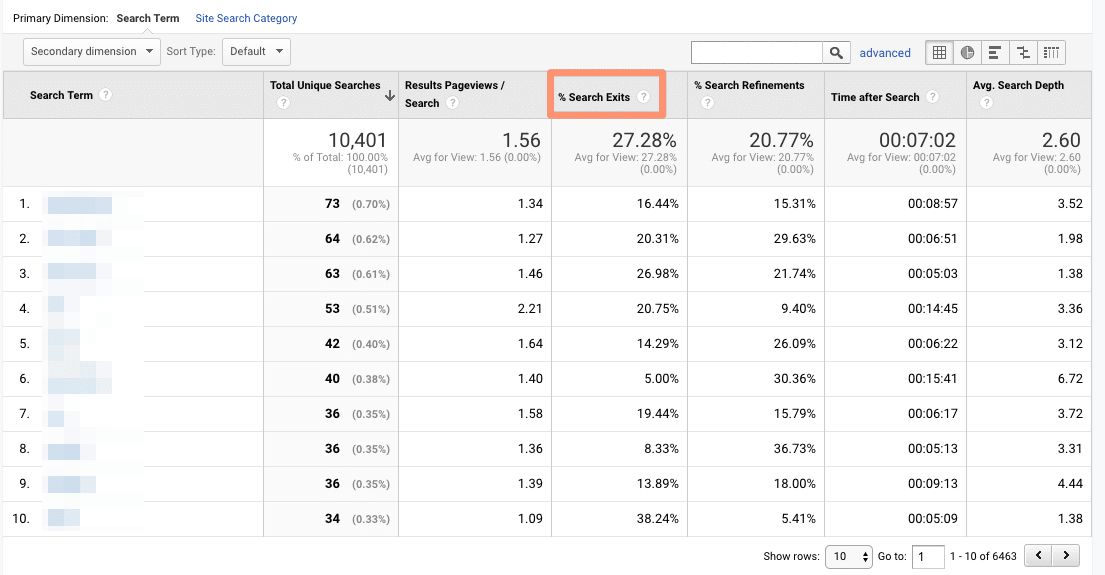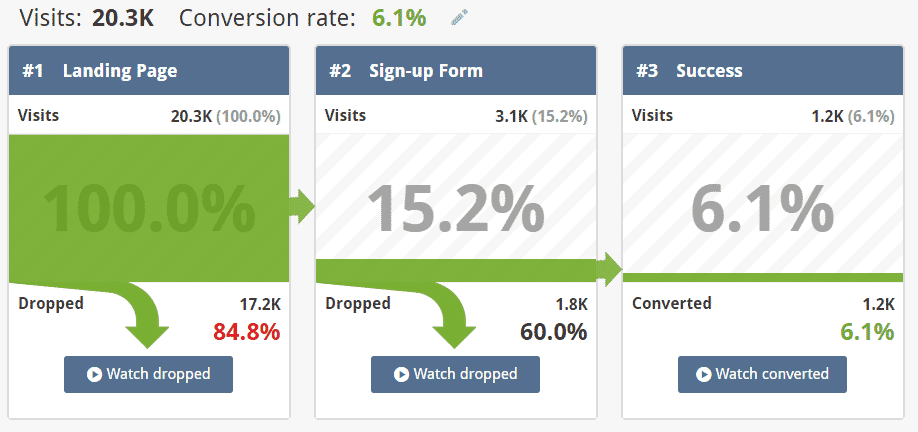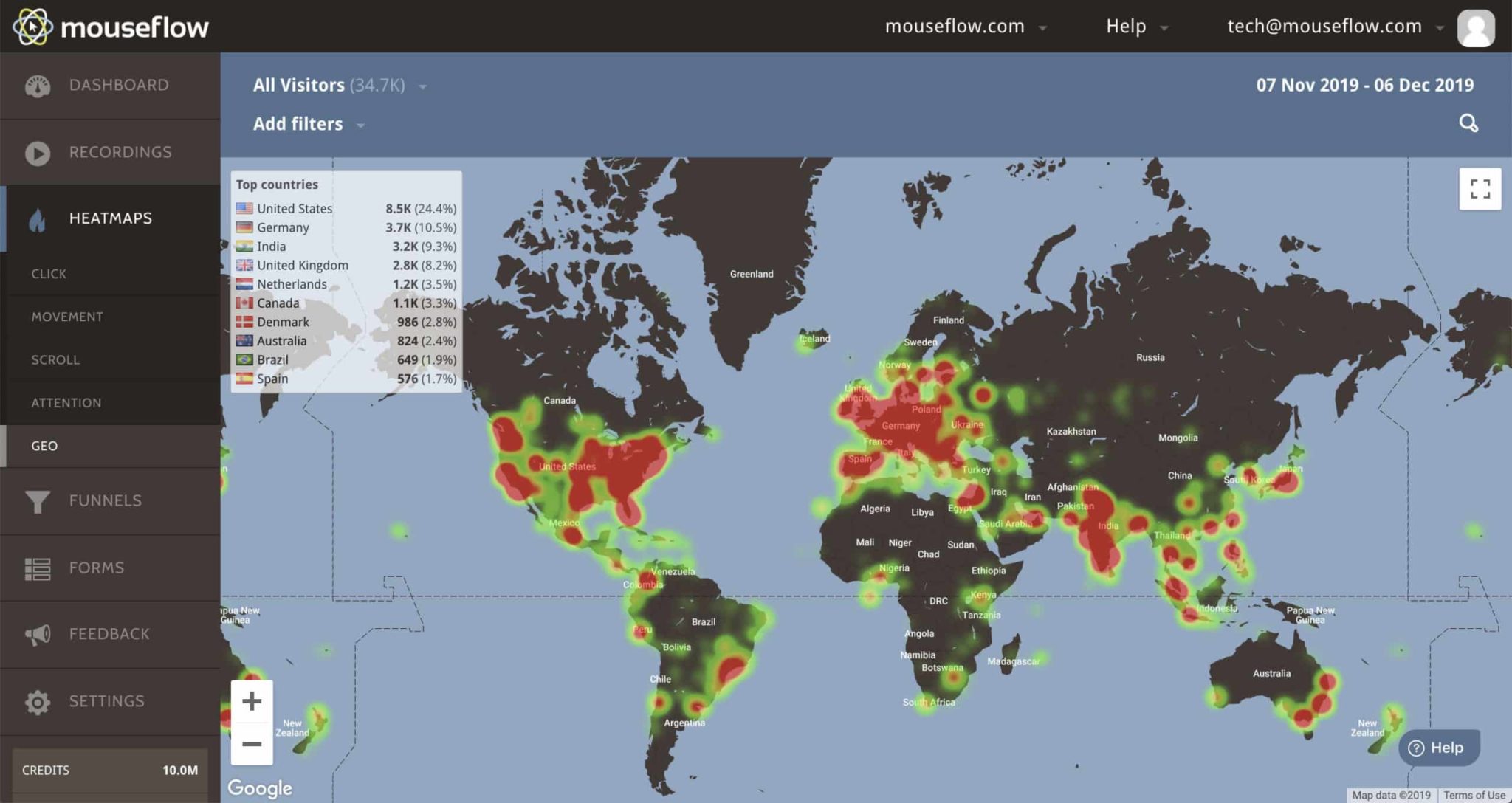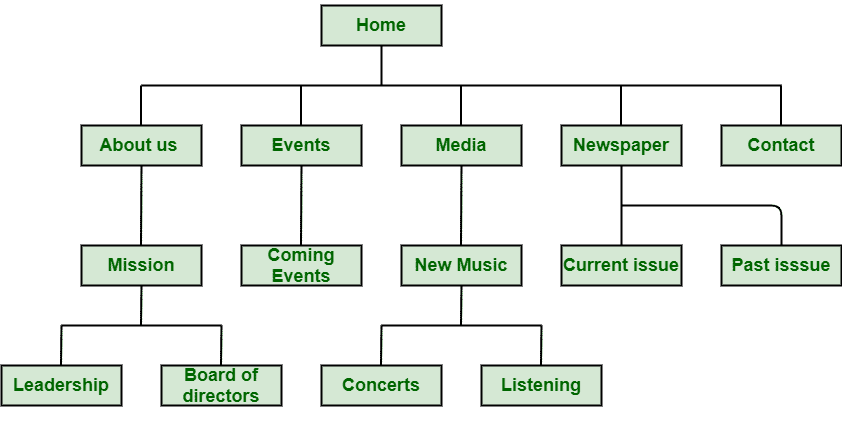As digital marketing keeps growing at an incredible pace, SEO is getting more important than ever for all sorts of companies, from eCommerce businesses to online media. Moreover, it is safe to say that questionable SEO techniques of the past got replaced with quality of content, and the focus has shifted to understanding how your audiences think and even interact with search engines.
What is more, paid ads in search engines are getting replaced with organic searches as it is estimated that most of all clicks go to the first five organic results.
So, how do you use analytics to get yourself on the #1 spot on the #1 page and keep driving even more traffic to your website?
The bad news is that there is no single strategy that will work. The good news is that you can rely on experienced marketers and the SEO software market to track your on-site metrics in Google Analytics, measure your performance, and continually update what needs updating accordingly.
What Is SEO Analytics and How Does It Help SEO?
SEO analytics eliminates guesswork and centers around the process of collecting, tracking, and analyzing your search marketing data. Its core aim is to identify improvement opportunities, gain a deeper understanding of your website’s data, and, ultimately, grow your website’s organic traffic and maximize ROI.
It’s never been easier to access various great SEO analytics tools; one of the most trusted and commonly used tools is Google Analytics.
Google Analytics contains valuable data helping your business monitor (and improve) SEO performance from keywords to your website’s top referrals and so much more.
Here’s how to get the most out of SEO in combination with Google Analytics and behavior analytics like Mouseflow.
#1 Create content around organic search queries
To increase traffic on your website, you need to inspect searches coming from your website visitors – and that’s where data analytics jumps in to help. You’ll be able to look on- and off-site for insights.
Does your website have a search bar? Great! Use it to find out what visitors are looking for on your site, and create content to answer their queries.

Data analytics focuses exactly on what people are searching for on your website, indicating which product you should feature more or less. Other times, analytics can give you hints about what kind of content to create. Another great thing about using SEO analytics is that you can rely on it to establish what your audience is searching for even before they land on your website.
An additionally fantastic way to gain insight into your visitors’ interests is to deploy user feedback campaigns to collect their insights on how your content or web experience can be improved.
This unique user data gives you a leg up on SEO, providing a way for your content to stand out and above the rest of your competitors on Google.
#2 Spot low-hanging opportunities to boost traffic
Unfortunately, pages don’t rank forever and need constant care and tending to.
Even so, the fact you can turn even the lowest-ranking pages into proper ROI sources is possibly one of our favorite things about SEO. In just updating and republishing your initially low-ranking posts, you can bring them back to their former glory.
But, how do you find pages ripe for republishing?
While using Ahrefs’ Site Explorer or the Performance report in Google Search Console will get you results, we’d always opt for Google Analytics instead. Why? Google Analytics gives you conversion data, helping you tie your SEO efforts to business metrics.
Find patterns, look for potential causes, and take action to drive more organic traffic. Easier said than done, though.
Here are a few standard pointers to focus on:
- Consider if the page is about a topic where freshness is a ranking factor. While something might have been trending and relevant 12 months ago, people don’t want to see the same results today. So update your content with fresh information and keywords.
- Inspect navigational queries and search volume fluctuations; if you see a significant organic traffic change, this could easily be the problem.
- Check for page speed issues, device-specific UX issues, and content differences between devices.
- Consider localization or indexation issues
If neither of those appears to be the culprit, there could be many reasons for a drop in traffic. So roll up your sleeves and dig deeper into the problem. That’s where uniting Google Analytics with Mouseflow session recordings helps you dive in.
A few other tips:
- Don’t forget to look at the time chart above the report.
- Check for drops or spikes around the time Google announced an algorithm update (typically annotated in GA).
- Inspect spikes caused by ranking for irrelevant keywords (you might see bounce rate spike alongside this).
#3 Set up and analyze conversion funnels
To maximize your sales and revenue, set up and analyze conversion funnels. Other than helping you turn more of your visitors into leads, a conversion funnel will help you gauge whether your SEO traffic is completing your intended journey, and act accordingly.
However, building an effective conversion funnel doesn’t happen overnight, so stay focused and don’t lose patience.
The steps to take in building your conversion funnel are:
- Outline your ideal buying process
- Use Google Analytics (or some other analytics tool) to set up your conversion goals
- Build interest around attractive content
- Identify your website conversion funnel leaks, and work on them
- Optimize for conversions
- Analyze conversion funnel metrics to determine your best sources of qualified leads
- Rely on automation to keep leads in your funnel
Developing a conversion funnel optimization is not an easy task but it definitely is one worth the time.
You can then build a corresponding funnel in Mouseflow, which will let you view session recordings of dropped and converting users. This can help you understand the importance of the page’s content and better serve your users.

#5 Convert high-performing posts into lead magnets
Blog posts that do well organically are potential gold mines! How so? They can be turned into lead magnets such as a brand video across your website that will consequently boost your ROI.
Look at session recordings and heatmaps of your highest trafficked pages to understand what your users value – apply that to poorly performing pages, and see your ROI increase!
Using the right data analytics tool, you’ll learn the kind of content people are searching for – be it due to their readability or depth. If your page has a solid ranking on search engines, don’t let your website visitors leave without turning them into leads.
These “content upgrades” can be promoted on any relevant blog post – or any relevant page on your site, social, etc.
#6 Make your website mobile-friendly
Google’s shift to mobile-first indexing has been the talk of the town for a while now, and there’s no business online that can exist without a mobile-friendly website.
In case you are not entirely familiar with mobile-first indexing, it means Google and other search engines prioritize how mobile-friendly your site is to determine your SEO ranking.
The loading speed is an almost crucial factor to keep in mind when optimizing for mobile; to measure your site’s loading time, use GTMetrix and Page Speed Insights tools. But, how exactly can you optimize your site for mobile to make them load faster?
Google Analytics allows you to check the loading speeds of individual pages across your site. You can also get recommendations on how to optimize each page via the Site Speed Suggestions feature.
Mouseflow’s dashboard and session recording also display load time information, one of the leading indicators of mobile speed. You can also choose to view behavior analytics data by device, toggling between desktop and mobile to understand differences.
Take a look, for instance, at high-friction, low-satisfaction pages — if most seem to be mobile session recordings, you’ll need to address your website’s responsive mobile design capabilities.
One other option for your site to be more phone-friendly is to invest in a mobile app. When looking to optimize the loading speed, many CEOs of online businesses look towards app development companies to make their mobile apps more accessible and improve loading times.
#7 Make use of channel groups
Some web analytics tools can neatly organize your website traffic in so-called channel groups.
These channels are your visitors’ path to your website. For example, some people may search for your brand or enter your domain name, while others might have searched for a keyword and found your content.
Although default channel groups are helpful as is, creating custom channel groups will help you create better, more accurate insights to make sense of your traffic in more specific ways.
Creating specific channel groups also helps you set clear goals for each group and then tweak and create better-targeted campaigns without all the guesswork.
In both Google Analytics and Mouseflow, you’re able to group, tag, and segment channels and referral sources to get a narrower view of campaign performance. Side-by-side comparisons of different channels (and even devices, as you see here) can reveal major gaps in how these audiences behave.

Double down on successful channels and reallocate budget away from poorly performing channels — or review behavior and SEO analytics to understand how to better serve them.
#8 Maximize your top referrers
Speaking of top-performing channels — are you leveraging valuable referral strategies?
If you have been online for a while and you are not a stranger to investing in your content and SEO practices, chances are you already get a significant amount of traffic from third-party sites and pages. These sites and pages refer visitors to your website, those same visitors who might otherwise never have found you on a search engine.
A variety of data analytics tools can tell you which sites are driving your traffic. Tracking these referrers can help you measure your ROI to keep cashing in on your marketing efforts.
Once you know who your referrers are, be it paid or organic referrers, you can improve their performance even more through text links, content updates, and similar.
Better yet, set up custom journeys and funnels for each referrer, then use analytics tools to measure them. See how closely they perform to your intended journey, then tweak to suit.
#9 Geo-targeting for local SEO
Potentially the best practice for a business is to target both its online and local audience – especially if you run a brick-and-mortar business. So what does this mean for your SEO, exactly?
Create and optimize your local SEO strategy and target local neighborhoods in which you are based; that way, your business will benefit most from visitors around your city or state as you’ll get the audience you were going for in the first place.
Using geo-targeting for local SEO can be a powerful tool as it combines methods that tell you where your audience is from as well as delivering content based on their location. Geo-targeting could be as general as targeting countries down to locating the very specific cities, helping you optimize your website for better local SEO rankings.
The best results come from using a language that connects better with your target audience, editing pages with more local keywords, and even tweaking the design to reflect the local area you want to talk to.

To validate your local SEO strategy, Mouseflow’s geo heatmaps can be deployed to measure user activity from around the world. You’ll want to see your targeted regions “heat up” more and more, as you drive more effort into local SEO.



